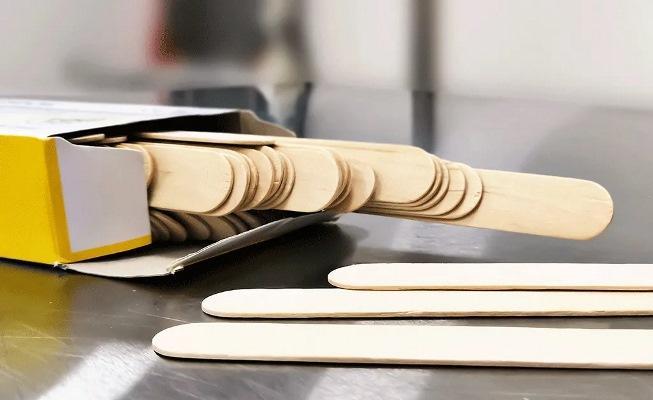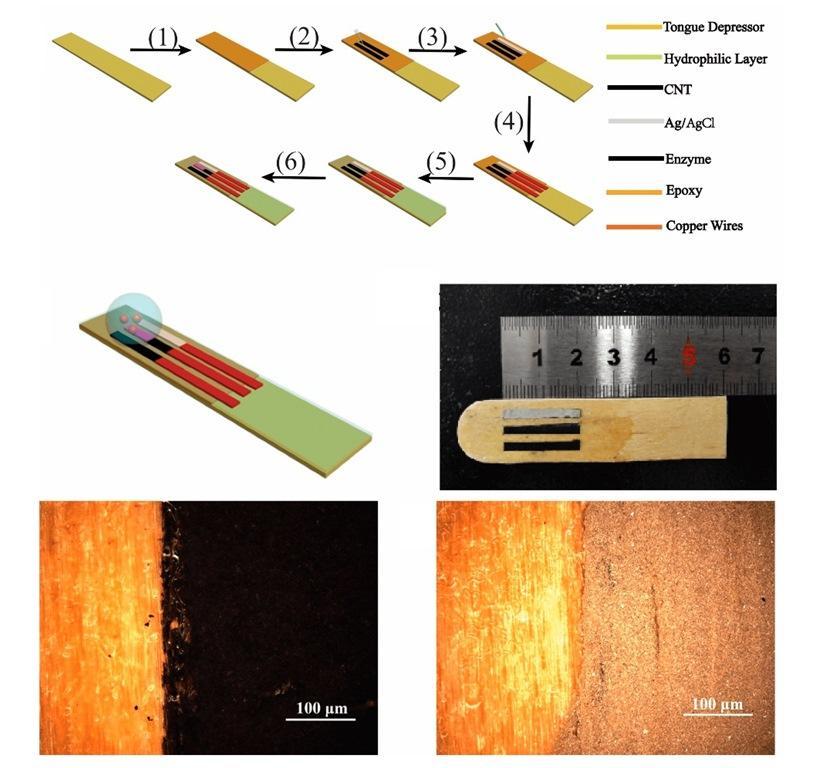According to the results, an environmentally friendly disposable wooden tongue spatula could be used as a tool for testing glucose levels and other biomarkers in saliva.

The team, led by Christos Kokkinos, Ph.D. from the National University of Kapodistrias of Athens (Greece), emphasized that their low-cost modified wooden tongue spatula is a biodevice with a number of advantages.
Despite the fact that wood is the optimal material for the work of researchers developing machinery and equipment, it is not a good conductor of electricity. It is possible to coat the sensor with metal-based and carbon-based paints and burn certain areas of it into conductive graphite – these are several ways to achieve this goal, but these methods can be expensive.
Kokkinos and his team used a portable, inexpensive laser engraver to create a pattern of conductive graphite electrodes on a wooden tongue spatula that formed two electrochemical cells. They then used a water-repellent permanent marker to separate these electronic cells.

The researchers used a biosensor to measure nitrite and glucose concentrations in artificial saliva. The presence of nitrites can reveal oral diseases such as periodontitis, and glucose levels can serve as a diagnostic test for diabetes.
The researchers hypothesized that such low-cost devices could be adapted to detect other biomarkers in saliva and could be quickly and easily manufactured on site in healthcare settings.
